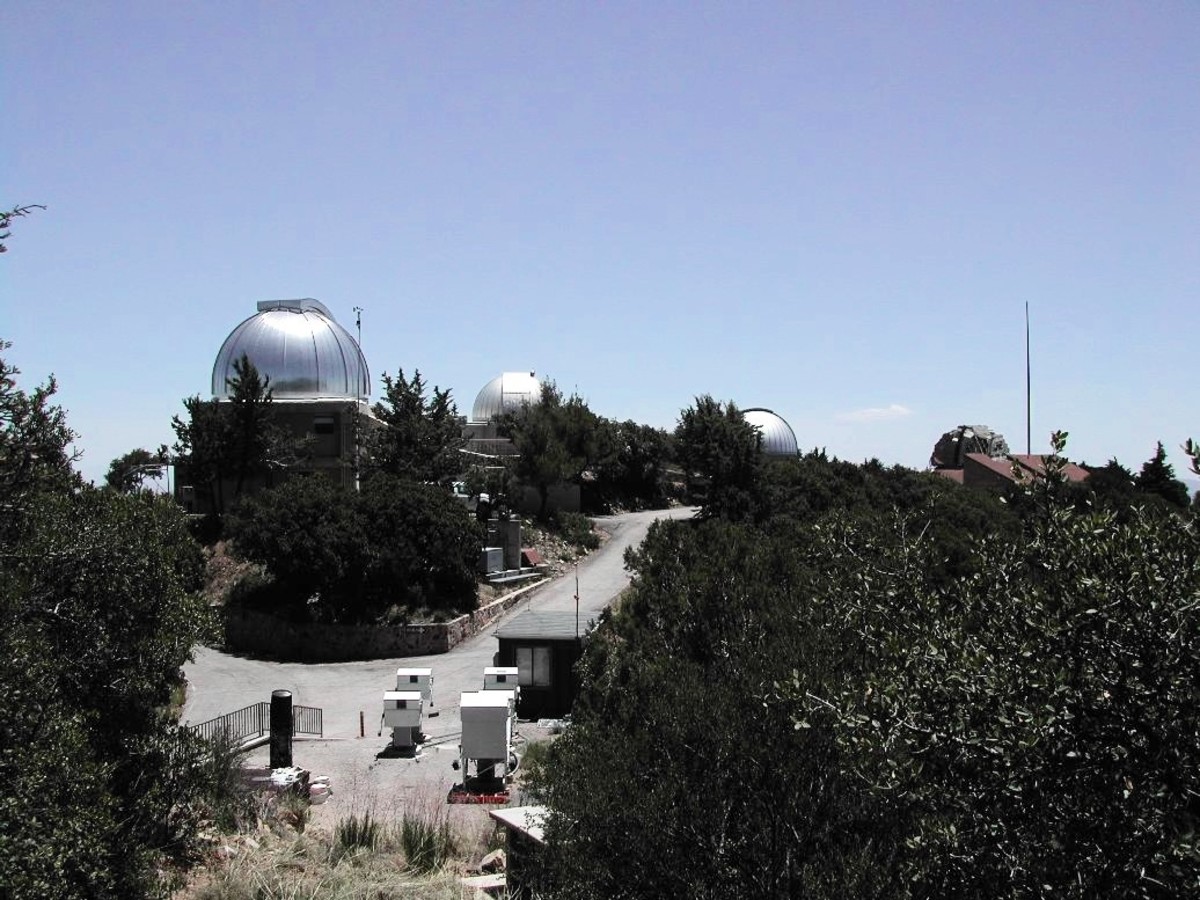What challenges Does Mexico’s Modernity Face in the Twenty-First Century?
Mexico’s rise to modernity has been hampered by a myriad of challenges. Key among these includes the high level of poverty which cited as the cause of frequent unrests bedeviling the country. Furthermore, despite the closure of refugee camps in its soil, Mexico still harbors illegal immigration issues where people from Central America and other parts of the country are crossing illegally into the state. This situation is made worse by the Mexican laws which require intercepted migrants to be handled humanely. This is significantly holding the nation’s economy backward since these immigrants have to be attended to regarding food, clothing, shelter, security and so on.
Apparently, Mexico can be ascribed to be consisting of two regions, North and South. These two states are both unequal and separate, that is they are not in harmony with one another. For instance, the Northern part of the nation is undergoing significant development with a modern tourist fringe. The government has concentrated on developing the tourist sector of the southern part at the expense of neglecting the northern side. One walking at the Northern sphere will certainly encounter modern hotels, exemplary beaches, and nature preserves. On the other hand, in the southern part of Mexico, the majority of people are afflicted with poverty with more than 2 million children being chronically malnourished. Furthermore, the severe geographical south-north divide is still a significant factor defining the country. Due to its underdevelopment, it can also be rightly said that the South has been unduly neglected by the government. This is particularly regarding matters of economic and social development. This is in spite of the place having plenty of resources including water, vegetations, land and so on.
The introduction of NAFTA and its incorporation in Mexico brought merits and demerits alike on both nations. For instance, NAFTA created opportunities for many companies in the United States to move jobs to Mexico. Firms that sought to remain in U.S opted to lower their wages as a way of competing in those industries. This hit hard on Mexican businesses which were forced to close shop or operate on low returns. On the other hand, this benefited Mexicans by providing job opportunities while affecting the economy of the U.S on a significant level. Furthermore, NAFTA resulted into many American companies subsidizing farm products putting a lot of Mexican farmers out of business. What is more, the provisions of Labor by NAFTA were not clear, thus creating opportunities for exploitation of workers.
Considering the low cost of labor in Mexico, a majority of manufacturing firms moved their operations from the United States, which was deemed to be of the high cost to Mexico. This resulted into more $97.2 billion trade deficits between Mexico and U.S between 1994-2010. More than 682,900 U.S. jobs were displaced, thus increasing unemployment and adversely affecting the economy of United States. As a response to NAFTA’s stipulation, the Mexican agribusiness utilized more fertilizers and other chemicals. This caused a significant amount of pollution and deforestation, adversely affecting the country’s environment. America laments that NAFTA led to the loss of jobs by American citizens because of outsourcing. However, U.S and Mexico enjoys lower priced food products, gas, petroleum products and other commodities thanks to NAFTA. As we also saw earlier, the economy of Mexico and employment rate have been boosted thanks to the policies of NAFTA.








